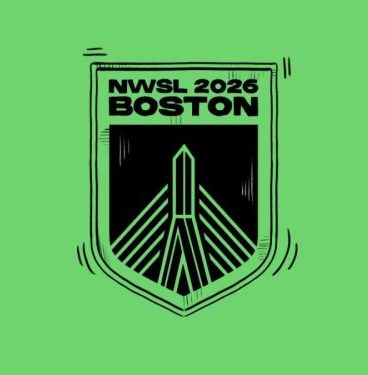
Ottoson Middle School has seen a decrease in the number of reports of student drug and vape use from the previous school year, according to Mr. Colosi, a school counselor at OMS. The Student Discipline Data Report for Massachusetts also shows that there was a decline in the number of students punished for the use of illegal substances at OMS from the 2021-2022 school year to the 2022-2023 school year. It also shows a decline in the number of students disciplined for illegal substance use at AHS from the 2021-2022 school year to the 2022-2023 school year. However, Mr. Colosi cautioned that it is “always concerning when we get reports of those kinds of things.”
Drug and vape misuse is a concern for many different reasons, which vary based on the type of substance involved. Opioid misuse is associated with injection drug use and Human Immunodeficiency Virus (HIV). In the Youth Risk Behavior Surveillance survey (YRBS) from 2019, which was conducted nationally, it was found that among sexually active students (students who had engaged in sexual intercourse less than 3 months before the survey), 21.2% had drunk alcohol or used drugs before their most recent sexual intercourse. This is a concern because sexual activity as youths allows for the spread of sexually transmitted diseases (STD), such as HIV, amongst adolescents.
Vaping is a concern due to the nicotine in them. 99% of vapes contain nicotine, which is the addictive substance in tobacco products. Nicotine withdrawal symptoms include “irritability, restlessness, feeling anxious or depressed, trouble sleeping, problems concentrating, and craving nicotine,” according to the CDC. Nicotine can also cause long-term harm to brain development when youths are exposed to it. The vapor from vaping may also contain cancer-causing substances.
In Arlington, a total of four OMS students were disciplined in the 2022-2023 school year for drug or violence related offenses, 2 of which were for illegal substance use, and the other two of which were classified under other violence or substance-related offenses. This is a decrease from seven OMS students disciplined for illegal substance use, and five students punished for other violence or substance-related offenses, in the 2021-2022 school year. According to a June 2017 survey, 27.9% of high school students in Arlington had drunk alcohol within the past 30 days, which was lower than Cambridge, but higher than the rates for Everett and Soverville. The same survey reported that 57.1% of high school students in Arlington had tried alcohol, which was higher than Cambridge, Everett, and Somerville.
The YRBS from 2019 states that, “[c]urrent binge drinking was reported by 13.7% of high school students, and 7.2 % reported current prescription opioid misuse. … Among lifetime use measures, marijuana use was reported by 36.8% of high school students, followed by misuse of prescription opioids (14.3%) and use of synthetic marijuana (7.3%), cocaine (3.9%), methamphetamine (2.1%), or heroin (1.8%). Lifetime injection drug use was reported by 1.6% of high school students.” In the YRBS from 2017, CDC staff noted that injection drug use and use of select illicit drugs in high schoolers was at 14%, which was a 39% decrease from 2007. Between 2017 and 2019, misuse of prescription opioids fell by nearly 50%. It was also reported that 17.6% of 8th graders tried vaping between 2018 and 2019, and that 37% of 12th graders reported vaping in 2018, compared with 28% in 2017.
OMS school rules state that “Any student who is found on school premises or at school-sponsored or school-related events, in possession of a … controlled substance as defined in chapter ninety-four C, including but not limited to, marijuana, cocaine, and heroin, may be subject to expulsion from the school or school district by the principal.” It also prohibits the possession or use of vapes on school property, on school buses, or school-sponsored events.
There are a number of student surveys on drug and vape use, such as the aforementioned YRBS, and the Screening, Brief Intervention, and Referral to Treatment (SBIRT). The YRBS is conducted online while students are in a group setting, while in the SBIRT, students are interviewed face-to-face and while they are alone. Mr. Colosi stated that he believed that most people reported accurately on the YRBS; however, he believed that the SBIRT data may be skewed due to students’ fear of being identified, despite the fact that no identifying details are collected.
Standard procedure for a school counselor once a student admits to drug use is to determine if any intervention or support is necessary, based on the conversation held between the student and the counselor. The counselor is also legally required to report it if there is concern for a student’s safety, which at the middle school level is in most cases. Once that is done, most support is provided through outside community organizations, such as Alateen or the Arlington Youth Counseling Center (AYCC). Furthermore, if the police become involved for whatever reason, the diversion program helps push students in a direction of treatment and support, rather than punishment. Oftentimes, as in the case of AYCC, the public school system maintains a community and professional relationship with these outside organizations.





